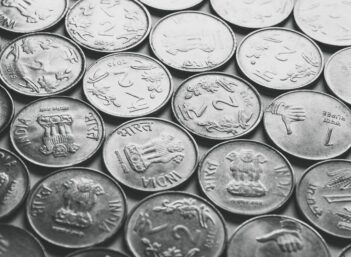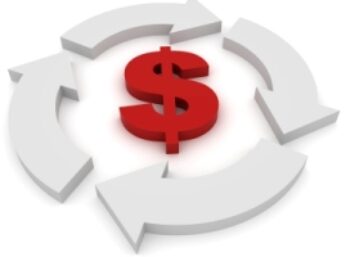What is Bad Debt Expense?
Bad debt expense is the portion of accounts receivable that became uncollectable during a given period.
Example of Bad Debt Expense
Let's assume that Company XYZ sells $1,000,000 worth of goods to 10 different customers. Company XYZ records $1,000,000 in revenue on its income statement and $1,000,000 in accounts receivable on the balance sheet (we are assuming the customers have 60 days to pay).
Company XYZ discovers that one of its customers, Big Store, is not doing very well. Big Store stops paying its bills and doesn't pay Company XYZ for $100,000 worth of goods. Company is not confident that Big Store will ever pay, so it categorizes the $100,000 as a bad debt. Company XYZ adjusts its balance sheet to show $1,000,000 in accounts receivable and $100,000 in bad debt reserves, for a net accounts receivable of $900,000.
If Company XYZ, in fact, cannot collect the $100,000 (for example, if Big Store is liquidated), Company XYZ will record $100,000 on the income statement as bad debt expense and reduce the bad debt reserves by the same amount. note that this decreases net income.
If the company is able to collect some of that amount via bankruptcy proceedings or by hiring a company that specializes in bad debt recovery, it may have to reverse some of the bad debt expense in future periods.
Why does Bad Debt Expense matter?
Almost every company records a bad debt expense at some point in time. Invariably, some customers will fail to pay, which is why many companies forecast their bad debt expense based on historical averages or as a percentage of sales.
A thorough analysis of bad debt reserves over time can provide extremely valuable insights into how effectively a company is managing the credit it extends to customers.
For example, if the bad debt reserve has increased dramatically, the company may be offering credit to riskier customers, which jeopardizes the reliability of the company's net income and cash flow. On the other hand, the company may be padding the bad debt reserve in order to make things look worse than they are, because that could make future performance look better.



